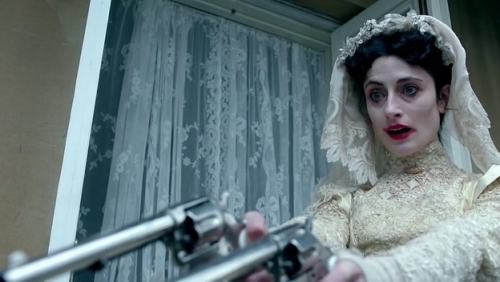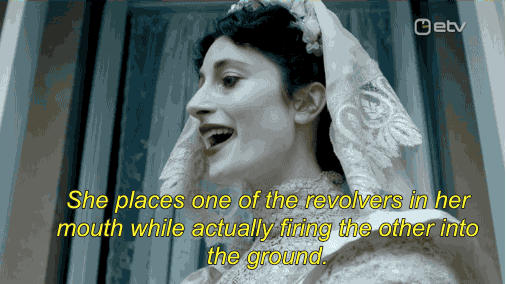A grand assumption that many readers of Victorian literature seem to make is that every character in the novel is straight. While this assumption is not so far-fetched, given that sex of any kind was considered taboo to speak about, this does not mean that it is always true. Victorian novels are often written in a kind of coded language that allows for the author to talk about sex and sex scandal in a way that would not offend the public. This is the case in Wilkie Collins’ sensation novel The Woman in White, for example when Marian describes how Count Fosco controls his wife using a “rod of iron” that “never appears in company – it is a private rod, and is always kept up-stairs” (Collins 222). This, rather phallic, description of Count Fosco’s control over his wife implies that he is a dominant sexual being.
Many other character’s sexuality is also indirectly talked about throughout the novel, such as the implied homosexuality of Mr. Fairlie. When speaking to Laura’s handmaid Fanny(a name that can sometimes be used to refer to a vagina or a butt), he notes that her name is “a remarkably vulgar one” and becomes incredibly upset at the mentioning of her bosom (Collins 339). The more Mr. Fairlie is forced to think about the female body, the more upset he becomes perhaps because he knows that he does not react in the way that he feels that he should: he feels repulsion where he should (according to heterosexual Victorian societal norms) attraction. Mr. Fairlie is not married and is not a desirable bachelor by any means, and other character in the novel recognize this as well. When Count Fosco asks Sir Percival if Mr. Fairlie is married, he replies by saying “Of course not”, implying that he too is aware of Fairlie’s homosexuality (Collins 326).
Despite restrictive societal norms preventing Victorian literature from openly discussing sexuality, this does not mean it was something that was not acknowledged. Authors, such as Wilkie Collins, were able to use this coded language to explore sexuality that varied from heterosexuality, which was what considered to be normal/acceptable during the time. While an open discussion of sex or sexuality would be much too profane for a Victorian audience, it does not mean that it was not present: just because it was not openly discussed does not mean it was not present.




